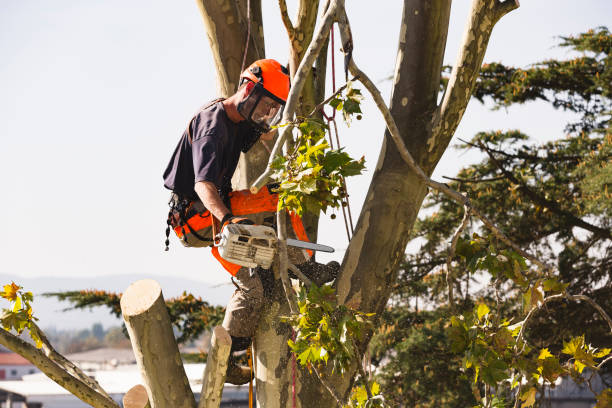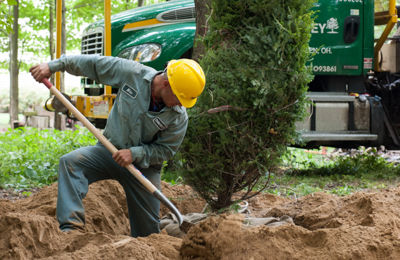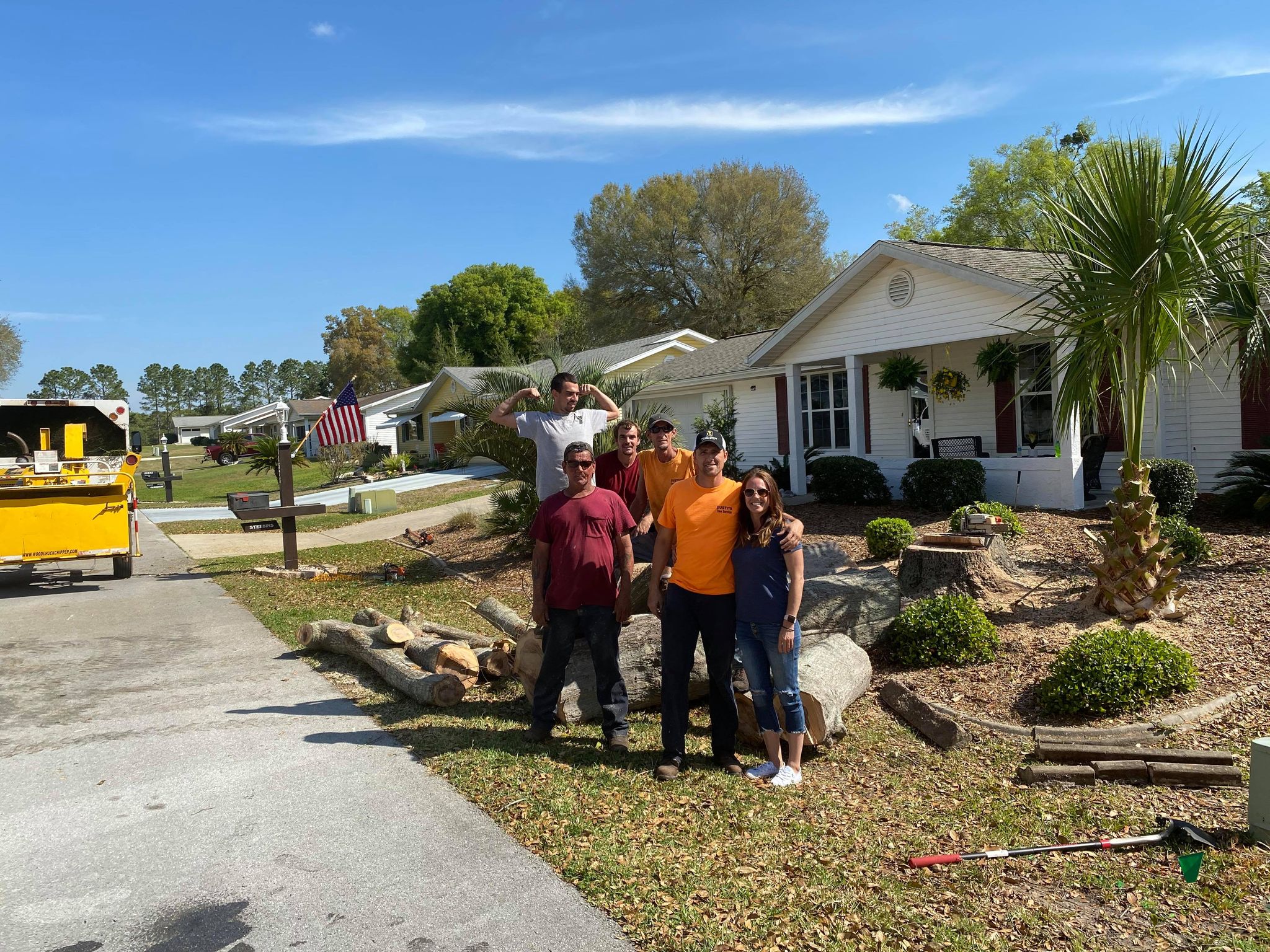Recognizing the Importance of Tree Conservation and Preservation Practices in Urban Locations
In the dynamic landscape of city environments, trees often stand as silent guardians, providing a multitude of advantages that extend far beyond their visual appeal. Understanding the importance of tree preservation and conservation methods in these areas is not merely a holistic method but an ecological consideration to cultivating sustainable and resilient areas. As we check out the interwoven fabric of ecological, social, and economic advantages that metropolitan trees use, it ends up being apparent that their preservation is pivotal for the wellness of present and future generations. Allow us begin on a journey to discover the vital function that trees play in shaping the urban landscapes of tomorrow.
Ecological Benefits of Trees in Cities
Trees in metropolitan locations play a critical role in supplying numerous ecological benefits, adding to the overall wellness of city residents. This procedure helps reduce the concentration of damaging gases, making the air cleaner and healthier for citizens.

In addition, trees add to water administration by decreasing stormwater drainage and dirt erosion. Their origin systems take in excess water, avoiding flooding and filtering pollutants prior to they reach water bodies. This all-natural procedure helps preserve water high quality and shields marine environments in urban areas. On the whole, the ecological benefits of trees in cities are essential for producing habitable and lasting urban settings.
Social Value of Urban Tree Preservation
In contemporary metropolitan landscapes, the conservation of trees holds significant social value for cultivating community well-being and enhancing lifestyle. Urban tree conservation plays a vital role in creating spaces for social communication and area engagement. Trees provide gathering locations for people, such as parks and eco-friendly locations, where areas can integrate for entertainment tasks, social events, and leisurely strolls. The existence of trees in urban settings has been linked to decreased levels of stress, enhanced mental health, and increased sensations of health amongst homeowners. In addition, trees add to the aesthetic appeals of communities, producing visually appealing environments that improve the general livability of city locations.

Economic Worth of Tree Preservation
The preservation and preservation of urban trees provide considerable economic benefits that contribute to the overall monetary wellness of communities and cities. Urban trees supply a recommended you read vast array of economic benefits that positively affect local economic climates.
Furthermore, trees play an important function in decreasing stormwater overflow and reducing the effects of flooding, which can cause cost financial savings for cities in regards to facilities repair and maintenance. Urban trees additionally add to enhanced air quality by absorbing pollutants and launching oxygen, causing possible cost savings in healthcare prices related to respiratory system diseases. By recognizing and spending in the financial value of tree conservation, cities can advertise sustainable development, boost top quality of life, and create even more durable urban environments.
Approaches for Sustainable Urban Tree Monitoring
An extensive strategy to sustainable city tree monitoring includes incorporating diverse strategies that prioritize long-lasting ecological health and wellness and area well-being. Executing tree stocks and analyses is important to recognize urban tree populations, their health, and upkeep needs.
Neighborhood interaction plays an essential role in sustainable metropolitan tree monitoring. Enlightening locals regarding the benefits of trees, arranging tree growing events, and entailing volunteers in tree care tasks promotes a sense of ownership and stewardship. Collaboration between regional government, environmental organizations, and citizens is essential to creating and applying efficient tree administration strategies.
Spending in environment-friendly framework, such as environment-friendly roofing systems and city woodlands, can offer multiple advantages, consisting of boosted air top quality, stormwater administration, and metropolitan warm island mitigation. Tree service guilford ct. Incorporating trees right into urban preparation and layout processes ensures that trees are valued as vital components of a resistant and healthy urban setting
Neighborhood Participation in Tree Conservation
Community participation is an essential component in fostering sustainable city tree administration practices and ensuring the lasting wellness and conservation of city tree populations. Engaging the community in tree preservation initiatives can bring about enhanced awareness, appreciation, and stewardship of trees within city areas. When residents actively join tree upkeep, conservation, and planting efforts, they establish a feeling of ownership and satisfaction in their local setting.
Community involvement also advertises social cohesion and collaboration official source amongst homeowners, local authorities, and environmental organizations, cultivating a common responsibility for city tree preservation. By organizing tree growing events, academic workshops, and volunteer opportunities, areas can function with each other to enhance the urban tree cover and develop greener, much healthier cities.
Final Thought
In conclusion, city tree conservation and conservation practices navigate here play an essential duty in improving the ecological, social, and financial well-being of cities. By identifying the value of trees in city areas and implementing lasting administration strategies, neighborhoods can take pleasure in the many benefits that trees provide. It is imperative for stakeholders to proactively join tree conservation efforts to ensure a greener and healthier city atmosphere for current and future generations.
